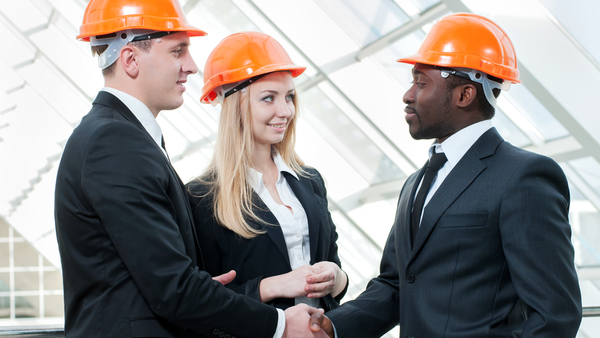Although environmental consulting has been around since the early 1970s, it’s still an expanding field with unique risks and exposures.
Governmental regulations, along with public interest in conservation and sustainability, have driven the growth of this $16 billion industry providing environmental services to virtually every sector of the U.S. economy, from surveyors conducting site assessments to engineers developing remediation plans to contractors performing cleanup and pollution abatement.
At the same time, these tasks lead environmental consultants to encounter risks that are excluded under standard commercial package policies. Pollution liability can occur when faulty work is the direct cause of environmental contamination, and professional liability arises when technical errors contribute to an incident and subsequent economic losses for a client.
Even individuals who never set foot on a job site must consider their potential exposure: lab technicians analyzing soil samples for pollutants or engineers advising on regulatory compliance plans may find themselves subject to a claim. Simply put, if your operations can contribute to an environmental incident, you are exposed.
Start with documentation
Complete, consistent documentation is the basis for an effective environmental risk management strategy. This begins with preparing detailed proposals for each project, clearly defining the work to be completed, terms of successful performance, and a realistic estimate of associated costs.
Consultants should take the time to ensure that clients understand the proposed work and agree that it addresses their concerns, so as to avoid future disputes.
Recording the obligations of consultants and clients in a formal contract reduces the potential for conflict over a difference in unstated expectations. The goal of the contract should be an equitable distribution of risk for both parties.
Identify the standard of care to be applied and the limits of liability for the consultant; ideally, this will be an amount equal to the fees charged for the project. Risk professionals should be cautious about commitments exceeding industry standards and especially wary of broad indemnification language that would expose consultants to risks unrelated to the work that they have agreed to perform.
Specify the process for addressing unforeseen circumstances, such as the discovery of unanticipated hazardous materials or subsurface structures, and employ alternative dispute resolution methods in the event of an intractable disagreement. As the project gets underway, procurement should be conducted according to established procedures and criteria.
Subcontractors present additional risk
Any project relying on subcontractors opens itself to additional risk, as the same concerns that apply to the environmental consultant extend to this group as well.
Regardless of past success with a particular subcontractor, consultants must make sure that their partners possess the relevant skills and resources to conduct and supervise the work at hand. Best practices involve prequalifying subcontractors according to expertise, resources, and financial stability, including adequacy of insurance.
Subcontractor questionnaires or other evaluations can be kept on file and updated for future projects as needed.
Quality control
Project work should follow the specified scope as close as possible, with quality control checks to monitor adherence to guidelines. Team members performing the work should be qualified to conduct initial quality assessments, with senior consultants reviewing calculations and results for sensitive tasks.
If work involves the risk of physical exposure to hazardous materials, site-specific plans are necessary to guarantee conformance to OSHA standards, at a minimum. Firms should have plans in place for handling and storing waste materials and other potential contaminants, as well as for spill response in the event of a breach.
All formal reviews of plans, documentation, and work performed should be recorded for later reference.
Finally, any project is likely to call for changes to at least some of the initial terms. Change requests should be documented for issues large and small, with a record of client acceptance where required. In fact, it’s wise to catalog all project-related correspondence, especially with key stakeholders such as clients or regulators. Evidence of communications and approvals can be the most effective defense against potential claims.
Mining the data in documentation
One secondary benefit to a successful documentation strategy is the wealth of information that it offers to insurance carriers and underwriters assessing the quality of a potential insured. Risk managers should review consultants’ procedures against those described and address any gaps before contacting insurers.
In addition to routine application requests for financial information and loss history, risk managers can provide copies of standard operating procedures, site reports, incident response and spill containment plans, hazardous material storage protocols, subcontractor qualifications and resumes of specialists responsible for core operational and oversight functions.
For environmental consultants, incorporating these recommendations increases the likelihood of successful projects and productive client relationships — outcomes that translate into improved availability and affordability of insurance. For insurance professionals, evaluating risks in light of these standards can reduce claim frequency and severity, improving loss experience and underwriting results.
The combined effect is enhanced profitability for carriers, producers, and consultants themselves and greater availability of essential environmental services for the economy as a whole.
Source: PropertyCasualty360
Photo: Shutterstock

